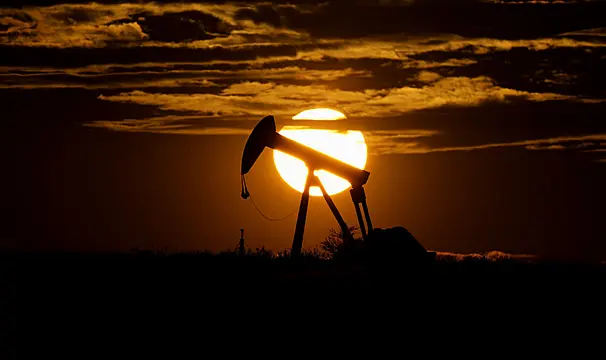Opec and allied oil-producing countries, including Russia, have cut their supplies to the global economy by 100,000 barrels per day, underlining their unhappiness with crude prices that have sagged because of recession fears.
The decision on Monday by energy ministers means the cut for October rolls back the mostly symbolic increase of the same amount in September.
The move follows a statement last month from Saudi Arabia’s energy minister that the group could reduce output at any time.
Oil producers such as Saudi Arabia have resisted calls from US president Joe Biden to pump more oil to lower petrol prices and the burden on consumers.
But worries about slumping future demand have helped send prices down from June peaks of over 120 dollars per barrel, cutting into the windfall for the government budgets of Opec+ countries but proving a blessing for drivers as pump prices have eased.
The energy minsters said in a statement the September increase was only for that month, and the group could meet again at any time to address market developments.
Other factors are lurking that could influence the price of oil. For one, the Group of Seven major democracies plan to impose a price cap on imports of Russian oil and what effect that might have on the market. The price level for the cap has not yet been set.
Meanwhile, a deal between Western countries and Iran to limit Tehran’s nuclear programme could ease sanctions and see more than one million barrels of Iranian oil return to the market in coming months.
However, tensions between the US and Iran appear to have risen in recent days: Iran seized two US naval drones in the Red Sea, and US, Kuwaiti and Saudi warplanes flew over the Middle East on Sunday in a show of force.
Oil prices have gyrated in recent months: Recession fears have pushed them down, while worries of a loss of Russian oil because of sanctions over its invasion of Ukraine pushed them up.
Recently, recession fears have taken the upper hand. Economists in Europe are pencilling in a recession at the end of this year due to skyrocketing inflation fed by energy costs, while China’s severe restrictions aimed at halting the spread of the coronavirus have sapped growth in that major world economy.







